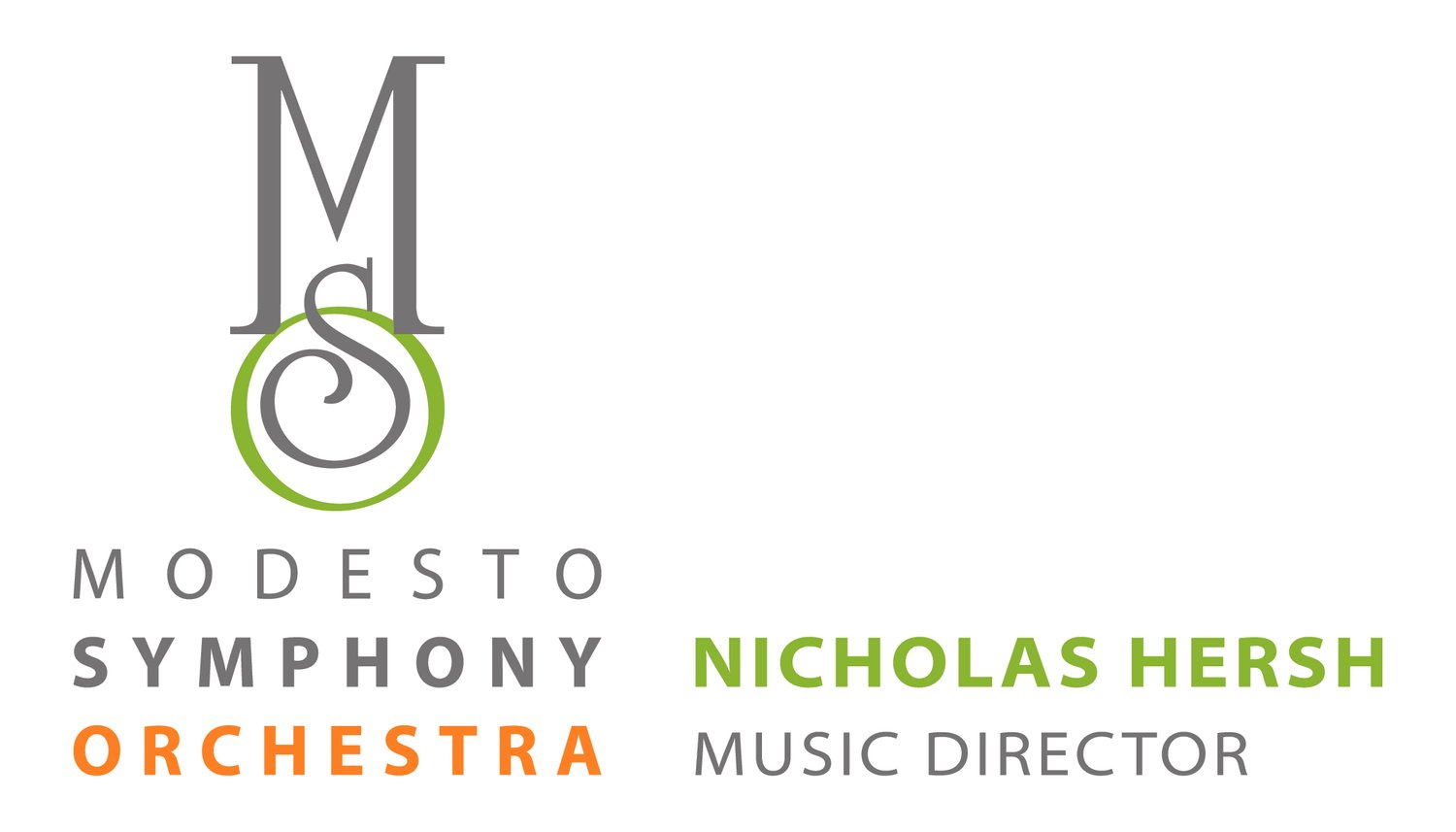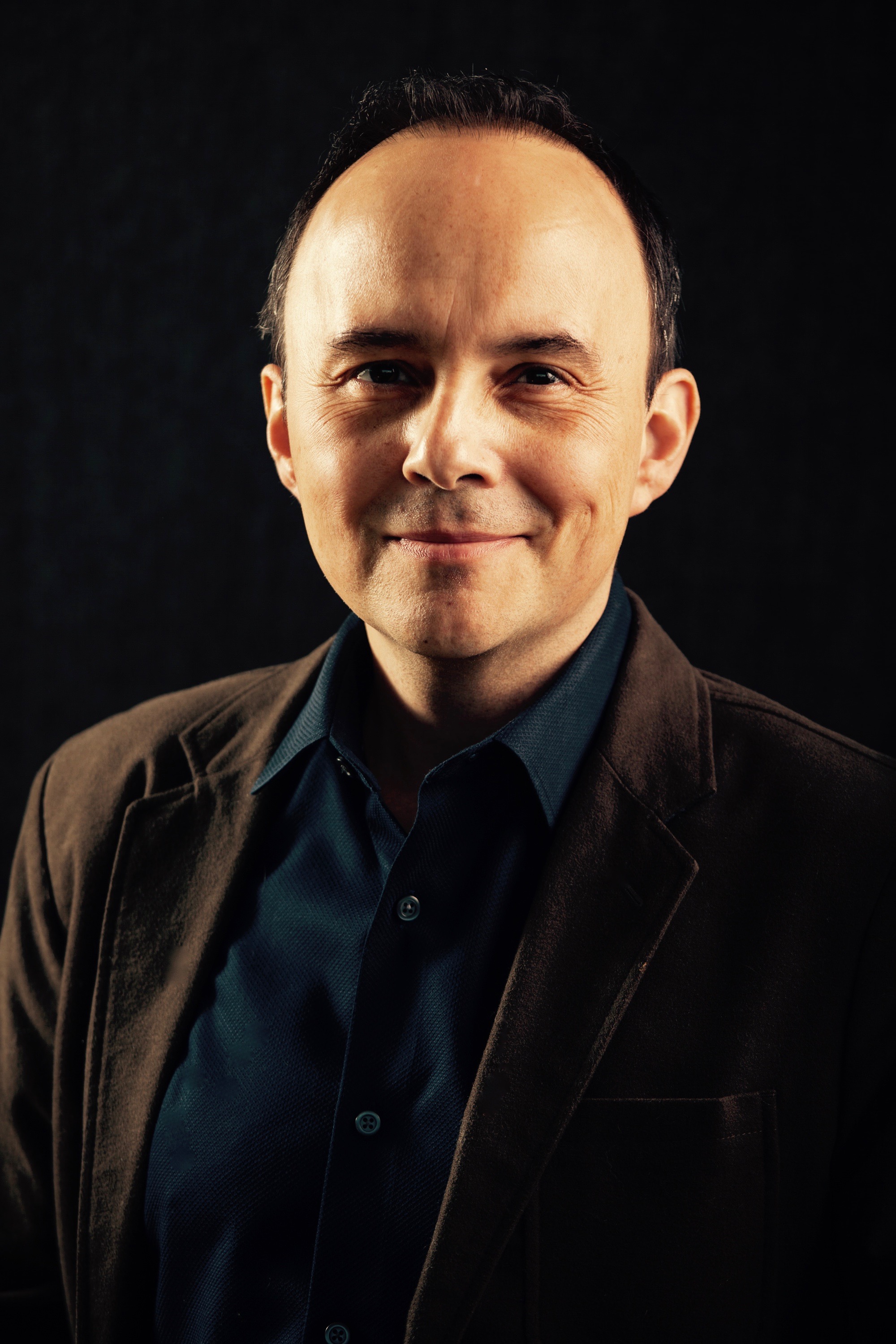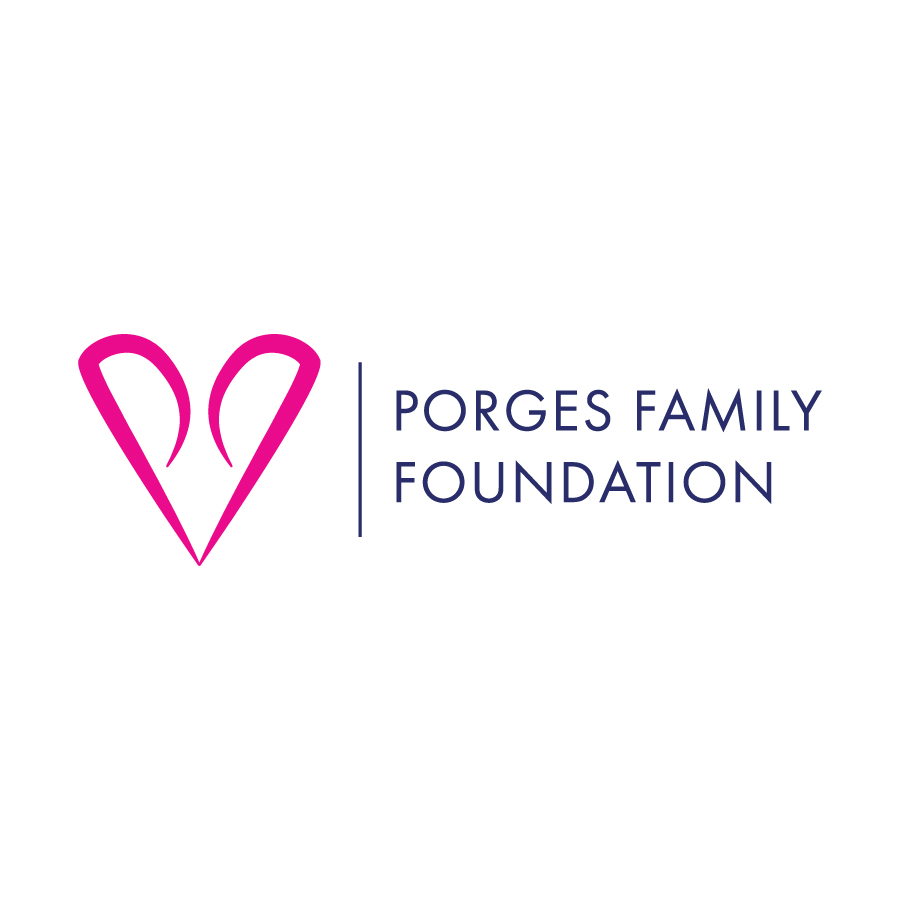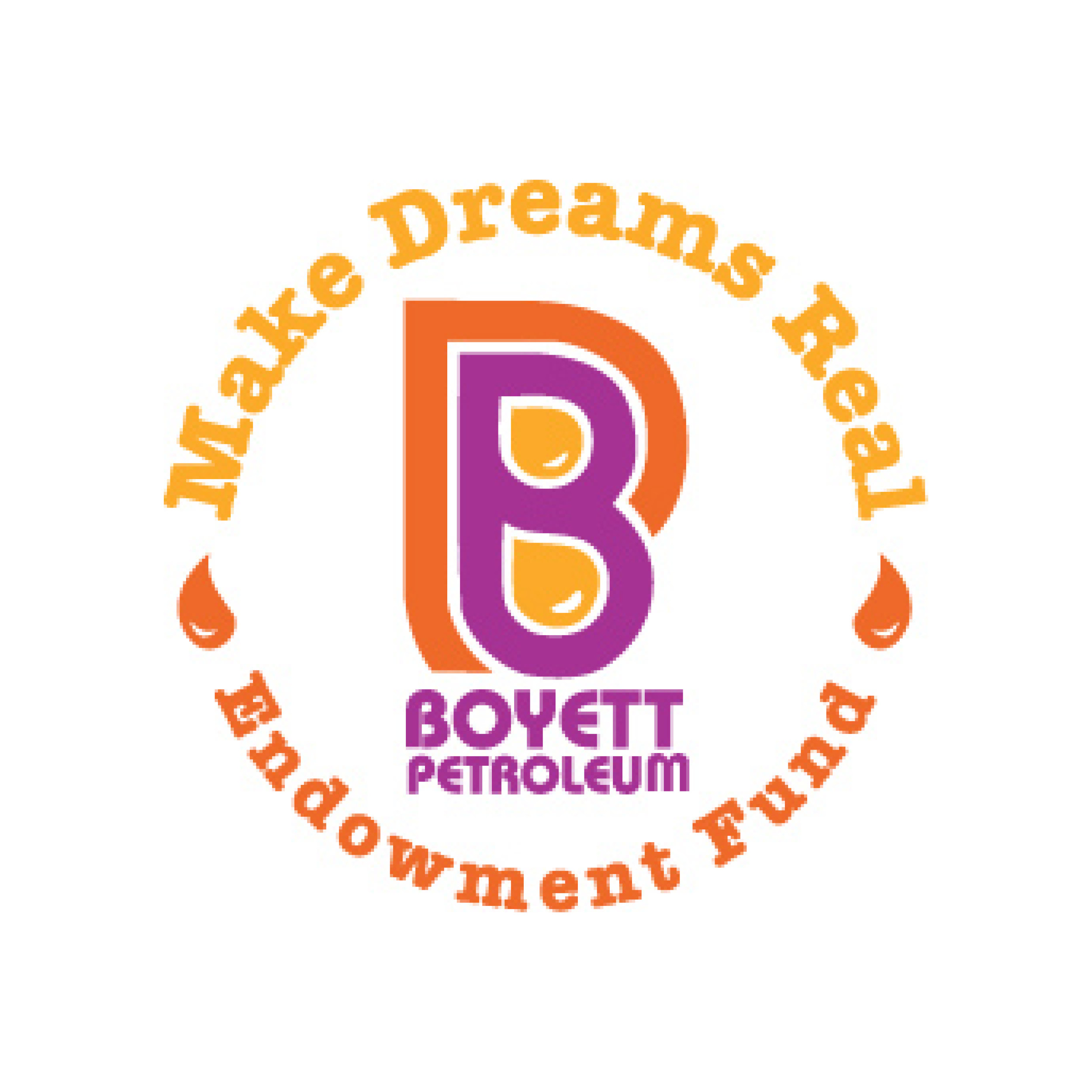ludwig van Beethoven 1770-1827
Ludwig van Beethoven
Symphony No. 8 in F major, Op. 93
Premiered in Vienna at an all-Beethoven Musikalische Akademie (self-promoting concert) in February 1814, the Eighth Symphony suffered from comparison with the Seventh, which was very popular at the time and had preceded it on the program. Beethoven had a giant orchestra for the occasion: “At my last concert in the Large Redoutensaal there were 18 first violins, 18 second violins, 12 cellos, 7 double basses, 2 double bassoons” he noted in his diary.
After the rhythmic spree of the Seventh, the new symphony sounded tame and more traditional – not what the audience expected from Beethoven. Unfortunately, this unfavorable comparison is still made today, although Beethoven insisted that the Eighth was the better of the two. The reviewer of the Allgemeine Musikalische Zeitschrift was perceptive in his appraisal of the symphony and its lukewarm reception: “This reviewer is of the opinion that the reason does not lie by any means in weaker or less artistic workmanship...but partly in the faulty judgment that permitted the symphony to follow the one in A Major, partly in the surfeit of beauty and excellence...if this symphony were performed alone, we have no doubt of its success.”
Beethoven began working on the Symphony in the summer of 1812, immediately after finishing the Seventh, while he was taking the cure at the baths of Teplitz and Carlsbad in Bohemia. He was in a bitter mood at the time: nothing could be done at this point in his life to improve his hearing and he suffered unremitting digestive difficulties, which may have been caused by ulcers. Certainly, his personal life was in disarray; he was frustrated in love, and was involved in bitter family squabbles. Suicide and death were never far from his mind, as the following letter dated May 2, 1810 to his friend Dr. Franz Wegeler indicates: “A year or two ago my more quiet, restful life came to a halt, and I was dragged by force into worldly affairs…But who could be immune from the effect of the external storms? Yet I should be happy…had not the demon pitched his camp in my ears. Had I not read somewhere that men must not part voluntarily from this life as long as they are capable of doing a single good deed, I should have ceased to exist long ago, and this by my own hand. Oh, life is so lovely, but for me it is poisoned forever…” But none of this misery is reflected in the Symphony.
The Eighth Symphony’s more traditional structure harks back to the composer’s earlier ones, in which he paid tribute to the spirit of his Viennese predecessors, especially Haydn. The orchestration and development sections, however, belong to the mature Beethoven. And while the Seventh is powerful and dramatic, the Eighth is good-natured, cheery and even humorous – as if the composer needed a rest from the tension of the earlier symphony.
Of special interest has always been the second movement, which by tradition would normally be slow but which Beethoven marks an Allegretto scherzando (playful allegretto). Some musical historians claim that its rigid ostinato repeated chord is a tribute to the inventor of the metronome, Beethoven’s sometime friend and rival Johannes Nepomuk Mälzel. The movement ends with an unexpected abruptness.
Since one scherzo is enough, Beethoven wrote an old-fashioned minuet as the third movement, with prominent woodwinds in the Trio. The symphony ends with a Finale brimming with Haydnesque humor and surprises. The chattering opening becomes a rhythmic motto for the movement – something like the four opening notes of the Fifth Symphony. The highlight is a long coda bursting with energy and vitality. The prolonged and repeated final cadence, a counterweight to the sudden ending of the Scherzo, seems almost a parody of symphonic grandiosity.
Program notes by:
Joseph & Elizabeth Kahn
Wordpros@mindspring.com
www.wordprosmusic.com
John hillebrandt
John Hillebrandt
Valley Fever
“Valley Fever” reflects the rumbling energy and positive spirit of a sultry summer evening at Modesto’s Graffiti Festival.
The music begins with the deep rumbling energy of cars and trucks, gathering and encircling the city. Cars that are more than cars. Machines that represent freedom, fun, pride and power. The symphonic crescendo of engines rolls forward, reaching a climax of cacophony.
Dancing ensues, lively, festive, unabashed. The joy is contagious as more people join in the celebration, spontaneous, irrepressible, set free. As the sun sets and the mystery and enchantment of night descends, an intoxicating harmony fills the air.
Night is ushered in amid a sensuous blue haze of nocturnal croaks and grooves. The ineffable pursuit of romance is invoked by a solo saxophone, echoed in every yearning heart and voice, a tapestry of conscious and impulsive motivation. But the spirit of optimism is never far away, and again rises in a surging tide of desire. The wave breaks, leaving a gasp of silent exhilaration.
In a moment of tender expression and vulnerability, a solo piano evokes the innermost heart of the night, wafting exotic harmonies, and wandering down for a brief flirt with the blues of a waning night.
But this night is not for lingering, and the earlier spirit of festive dancing returns—this time with homeward momentum. The rolling rumble of engines resumes, and the abiding spirit of Graffiti night wraps up with a whimsical chuckle of satisfaction.
With timings for choreographer’s reference:
“Valley Fever” reflects the rumbling energy and positive spirit of a sultry summer evening at Modesto’s Graffiti Festival.
(0:00) The music begins with the deep rumbling energy of cars and trucks, gathering and encircling the city. Cars that are more than cars. Machines that represent freedom, fun, pride and power. The symphonic crescendo of engines rolls forward, reaching a climax of cacophony.
(0:58) Dancing ensues, lively, festive, unabashed. The joy is contagious as more people join in the celebration, spontaneous, irrepressible, set free. As the sun sets and the mystery and enchantment of night descends, an intoxicating harmony fills the air. (2:08)
(2:21) Night is ushered in amid a sensuous blue haze of nocturnal croaks and grooves. The ineffable pursuit of romance is invoked by a solo saxophone (2:48), echoed in every yearning heart and voice, a tapestry of conscious and impulsive motivation. But the spirit of optimism is never far away, and again rises (3:41) in a surging tide of desire. The wave breaks, leaving a gasp of silent exhilaration.
(4:12) In a moment of tender expression and vulnerability, a solo piano evokes the innermost heart of the night, wafting exotic harmonies, and wandering down for a brief flirt with the blues of a waning night.
But this night is not for lingering, and the earlier spirit of festive dancing returns (5:12) —this time with homeward momentum. The rolling rumble of engines resumes (5:57), and the abiding spirit of Graffiti night wraps up with a whimsical chuckle of satisfaction.
dale trombore
Dale Trumbore
Same Traffic, New Dance
Attending the American Graffiti Festival in Modesto, CA in June 2017, I was struck by how Modesto's storied history of drag-racing and cruising intersected with the hundreds of vintage cars lined up, sitting still, waiting for a parade in which they're not allowed to exceed a strict speed limit. It presented a strange juxtaposition: cars designed to go as fast as they can, stuck in a sort of traffic limbo.
Living in Southern California, I have my own encounters with traffic near-daily. I'm often frustrated with the standstill of congested freeways or feeling near-claustrophobic when other drivers on the road cluster together, following each other too closely and yet driving as fast as possible. My best moments in traffic are when I transcend any frustration I feel and allow my mind to wander. I often think about whatever piece I'm composing at the moment, and sometimes I get so caught up in this that I practically forget where I am.
Back at the Graffiti Festival, some of the ballet dancers from Central West Ballet were present at the parade, too, taking photos against a seemingly endless backdrop of vintage cars. Another strange juxtaposition: ballerinas in traffic. Just as a composer might find herself stuck in traffic and dreaming of the piece she's writing next, a ballet dancer in the same situation might imagine whatever he's currently rehearsing. Within Same Traffic, New Dance, we move in between a fast-paced, congested traffic scene, full of revving engines and horns beeping, and a sort of hazy dream-state, imagining ourselves elsewhere. Near the end of the piece, we experience these together; frantic traffic takes on a dreamy quality, as if we've finally discovered a new, calmer approach to seemingly inevitable frustration.
Same Traffic, New Dance was commissioned by the Modesto Symphony to celebrate David Lockington's 10th Anniversary as Music Director of Modesto Symphony.
Alejandro sabre
Alejandro Sabre, composer
Graffiti Jive
Inspired by maestro David Lockington’s 10th year anniversary as conductor of the Modesto Symphony, and commissioned by the MSO, Graffiti Jive is a 7 minute symphonic work based on themes from Modesto’s own Graffiti Festival as well as George Lucas’ film American Graffiti. I am very fortunate to have had the opportunity to meet and chat with Bart Bartoni, a legendary local car builder who lived during the height of the cruising scene in Modesto in the 1950’s and 60’s. His stories significantly influenced the genesis and structure of this piece. In particular, I was moved by the sense of adventure at the heart of the weekend nightlife in downtown Modesto c.1955. Late teenage boys and girls on the prowl looking for fun. Cruising the 10th street strip especially in your own souped-up car- became a coming of age moment, a right of passage sparked by the automobile as a symbol of both independence and self expression. The piece consists of 3 short “scenes” or movements arranged in a fast-slow-fast sequence and unified into a continuous whole. It is a dramatization of the experience of cruising, the quest for love and the power of new friendships. The opening scene “The Street” is grungy and rough around the edges: There is something primal about it, roaring engines, racing, street noise, a desire to stand out and compete for attention. The second scene “Romanza”, is slow and lyrical with a bluesy feel. It features the trumpet as a solo instrument accompanied by strings, harp, flutes and tenor sax. The opening motif -articulated by the trumpet- is declamatory in style, like a male character declaring his desire for love. It starts in the minor mode and modulates to major suggesting the journey from loneliness to togetherness. The slow Romanza leads to “Jubilee”, the 3rd and final scene, an upbeat fanfare-like finale, a celebration of life, meeting new friends and a sense of community with youngsters conquering the night.

















